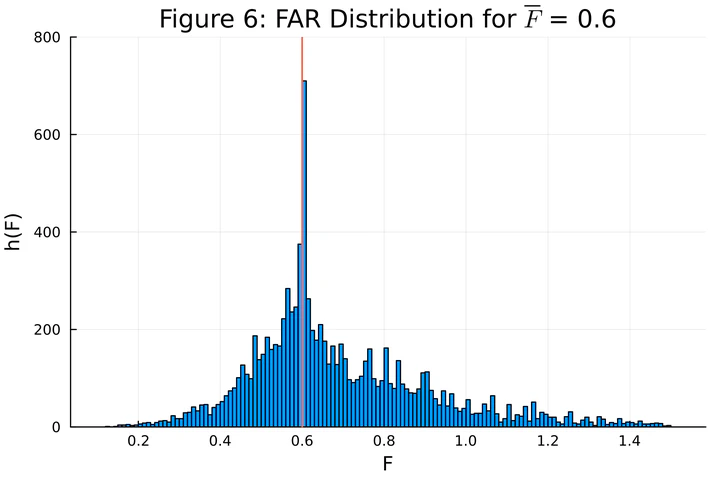Bunching in real-estate markets: Regulated building heights in New York City

Abstract
This paper presents a real-estate application of the bunching methodology widely used in other areas of applied microeconomics. The focus is on regulated building heights in New York City, where developers can exceed a parcel’s regulated height by incurring additional costs. Using the bunching methodology, we estimate the magnitude of these extra costs, with the results showing a modest increase in the marginal cost of floor space beyond the regulated building height. We use these estimates to predict the additional floor space that would be created by complete removal of building-height regulation in NYC. While this last exercise is circumscribed by our focus on a limited number of zoning categories, the results suggest that New York could secure notably more housing through lighter height regulation.
Type
Publication
Journal of Urban Economics